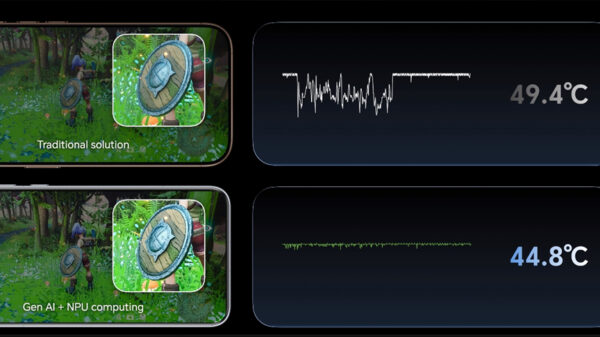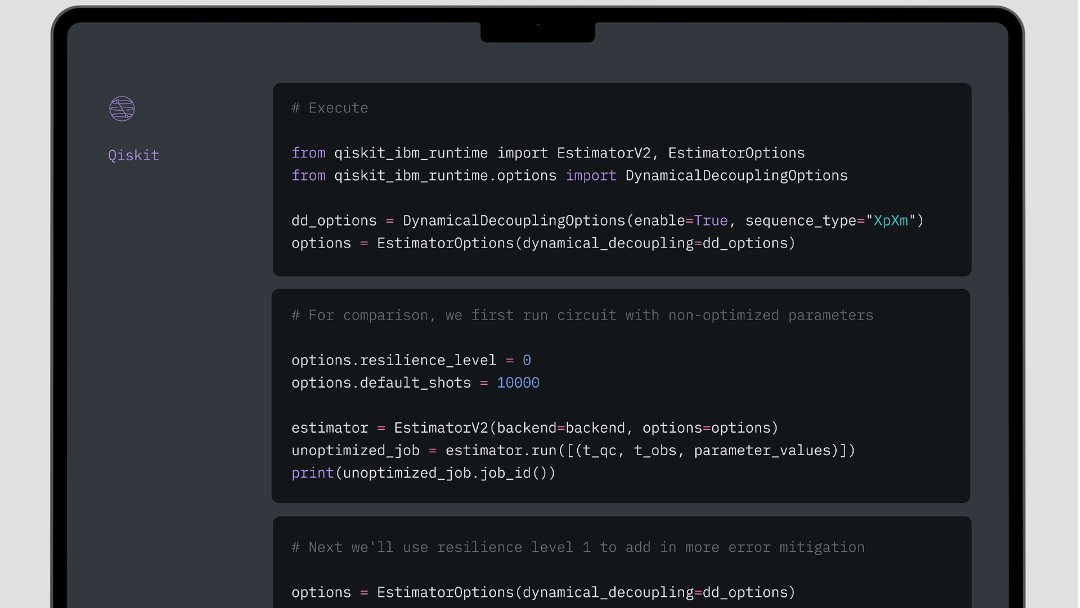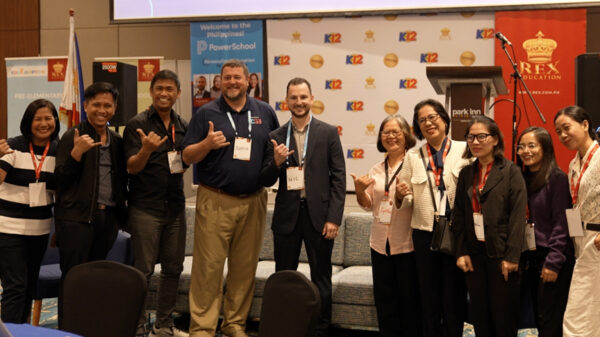IBM announced the evolution and expansion of Qiskit, its globally adopted quantum software.
Launched in 2017, Qiskit, as a software development kit (SDK) is an open-source tool that has allowed over 550,000 users to build and run quantum circuits on IBM’s quantum hardware systems, resulting in the execution of over 3 trillion quantum circuits to date.
The latest version of Qiskit has been expanded to a comprehensive software stack to deliver even more performance. It has evolved from its beginnings as a popular quantum software development kit used to explore and run quantum computing experiments and into a stable SDK and portfolio of services, built to enable users to extract improved performance while running complex quantum circuits on 100+ qubit IBM quantum computers.
This expansion will equip members of the IBM Quantum Network with the most performant Qiskit capabilities available to discover the next generation of quantum algorithms in their respective domains: which will play an important role in their discovery of quantum advantage.
To reach quantum advantage, users need a toolset which can map their problems in a way which leverages both advanced classical and quantum computation; optimizes the problem for efficient execution with quantum; and then effectively executes the quantum circuits on real quantum hardware. IBM has spent the last seven years developing these tools, which are now coming together to comprise the Qiskit software stack.
This expansion of Qiskit includes over 100 releases from its origins as a pioneering research tool built to study the inner workings of quantum computers. Today, Qiskit has matured as a software stack on which enterprises, government organizations, research institutions, and universities are running large-scale quantum experiments.
The expanded software stack of Qiskit includes:
- The stable release of Qiskit SDK v1.x for building, optimizing, and visualizing quantum circuits.
- AI-powered optimization of quantum circuits for quantum hardware, embedded in the Qiskit Transpiler Service.
- Simplified execution modes for the Qiskit Runtime Service which can be tailored for performant execution of quantum circuits on quantum hardware.
- The Qiskit Code Assistant, powered by watsonx-based generative AI models, to automate the development of quantum code
- The Qiskit Serverless open-source tool to run quantum-centric supercomputing workloads across quantum hardware and classical clusters.
The deployment of new capabilities and improvements within Qiskit SDK are enabling users to optimize circuits for quantum hardware at a rate 39 times faster than Qiskit 0.33. Qiskit also is engineered to reduce the overhead and shrink the footprint of circuits, demonstrating an average of 3 times reduction in memory usage compared to Qiskit 0.43.
And using the Qiskit Transpiler Service, users can reduce circuit depth by combining AI and heuristic passes, compared to using the Qiskit SDK without AI optimization.
“The global adoption of quantum computing — and the discovery of quantum advantage — will require a combination of leading quantum hardware alongside a robust and performant software stack to run workloads,” said Jay Gambetta, IBM Fellow and Vice President, IBM Quantum. “These two pillars are fundamental to the algorithm discovery that has begun on utility-scale quantum hardware. As a growing quantum ecosystem maps their most difficult problems to quantum circuits, the Qiskit stack will be the cornerstone to exploring the computational spaces in which quantum computing excels.”
IBM first demonstrated the utility-scale capabilities of its quantum hardware in 2023. This signaled the start of an era in which quantum hardware can run quantum circuits faster and more accurately than a classical computer simulating a quantum computer can. Now built to maximize the performance of advanced quantum hardware, the Qiskit software stack aims to help a global ecosystem of users discover new quantum algorithms that explore where quantum computers could be the best way to solve challenges over any classical method.
“Qiskit provides an important collection of tools for E.ON as we explore how quantum computing could help us navigate the financial and operational complexities of the energy industry,” said Giorgio Cortiana, Head of Data and AI – Energy Intelligence, E.ON. “As a performant foundation to build and discover quantum algorithms that can be applied to business use cases, Qiskit enables our team to advance utility-scale prototypes, with the goal of finding new solutions to challenges in the European energy sector.”
“We started using Qiskit for our quantum computing efforts several years ago as part of an effort to help develop a quantum-ready workforce.” said Stephan Eidenbenz, senior scientist at Los Alamos National Laboratory. “Laboratory researchers use Qiskit daily to interact with IBM’s quantum hardware backends and to test new algorithmic ideas. The open nature of Qiskit also offers our team the ability to add compiler optimization passes and allows pulse-level access.”
“At Brookhaven, we have used Qiskit to execute circuits on IBM’s quantum hardware, which has resulted in almost 20 published papers to date, including exploring the frontiers of physics, dynamic systems, condensed matter systems, and more. Qiskit has also enabled our teams to develop extensions that push forward our exploration of bosonic and hybrid qubit-bosonic circuits, and how they could advance fundamental quantum algorithm development and error correction,” said James Misewich, Associate Laboratory Director for Energy and Photon Sciences, Brookhaven National Laboratory. “As we advance the scientific applications of quantum computing, we have incorporated IBM’s Qiskit resources and tutorials into our educational programs through Brookhaven’s Co-design Center for Quantum Advantage, where we partner with academic institutions like Stony Brook University to prepare the quantum workforce of the future.”
“For our Quantum Computing User Program here at Oak Ridge National Laboratory, advances in quantum computing software can help support the innovation and rapid growth of our user community and their developing technologies,” said Travis Humble, director of the Department of Energy’s Quantum Science Center at Oak Ridge National Laboratory. “Improvements in software performance will significantly impact how users test and evaluate the potential of today’s quantum computing systems.”
“The team at Q-CTRL is enthusiastic about building with Qiskit,” said Michael J. Biercuk, CEO and Founder of Q-CTRL. “Its flexible new interfaces and enhanced stability are enabling us to efficiently build simple abstractions on top of our powerful performance-management software at utility scale, so end users can explore their toughest problems with a single command.”
Built for the Era of Quantum Utility and Beyond
Through its support of rapidly advancing quantum hardware, including vendor-agnostic flexibility, the Qiskit software stack is designed to run the breakthrough quantum circuits to progress the era of quantum utility. This is achieved by replacing performance-critical code with the Rust programming language, alongside a full portfolio of tools to enable the efficient execution of quantum circuits.
As IBM continues to build milestones along its IBM Quantum Development and Innovation Roadmap towards error-corrected systems, the company expects that Qiskit will continue to deliver a framework for open, iterative, and collaborative development of new quantum algorithms and applications, done in conjunction with a growing global ecosystem of clients across industries and domain expertise areas.
Additionally, these advancing capabilities will aim to help users weave together classical and quantum computing resources into a new paradigm of high-performance computing defined by quantum-centric supercomputing that integrates QPUs, GPUs, and CPUs. Orchestrated through the performant software layer of Qiskit, this next evolution of high-performance computing aims to open up new, large, and powerful spaces for industries globally.










































































































